
Seminar: Adolescent and Child Injury
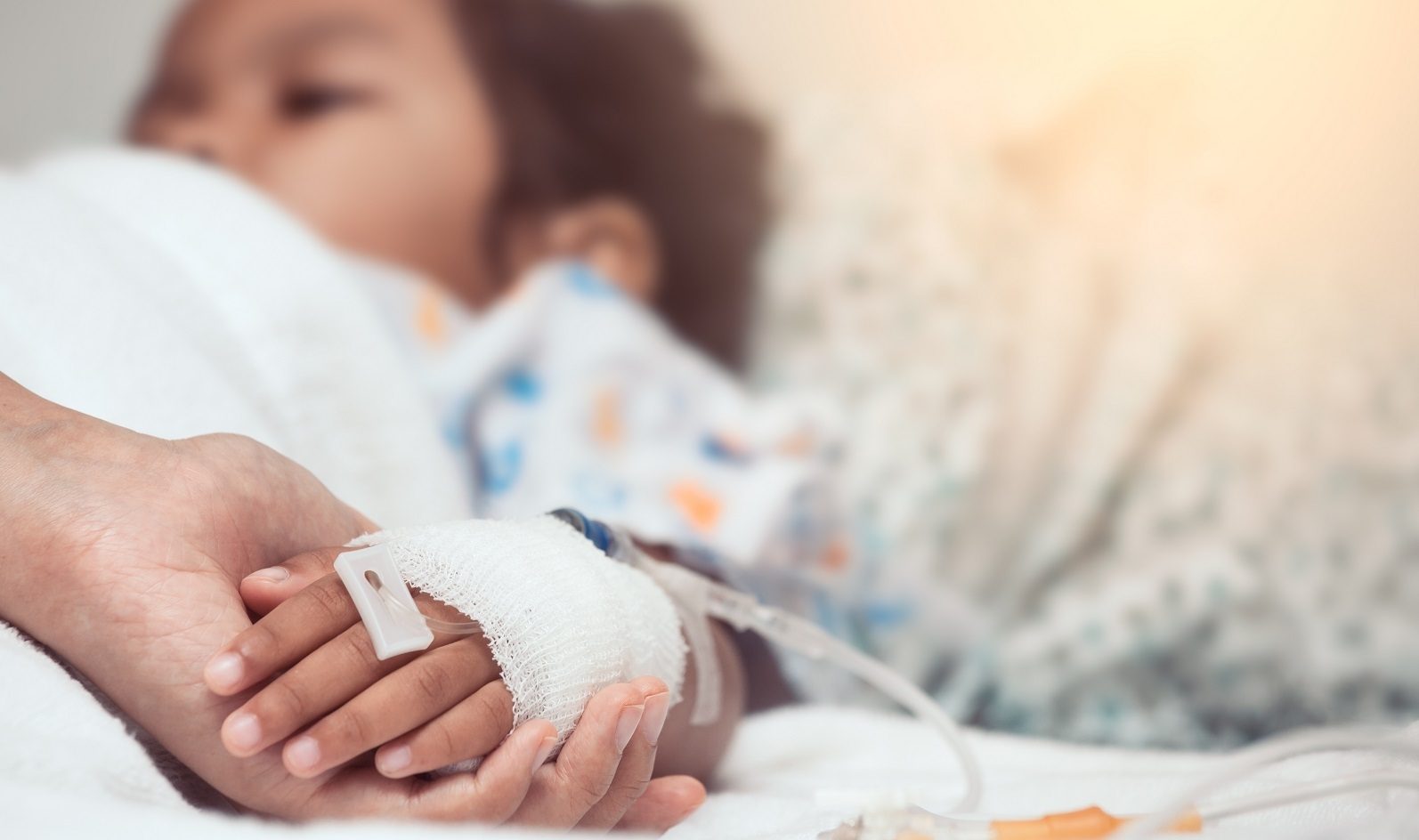
Injury is the number one cause of death among children.
Join us to hear experts from India, Bangladesh, the United Kingdom and the United States, who will highlight the various challenges and opportunities for child and adolescent injury prevention. Our speakers bring together technical and operational expertise, as well as links to local context and capacity.
Speakers
Prof. Geetam Tiwari, Department of Civil Engineering, Indian Institute of Technology, Delhi
Prof. Geetam Tiwari is an international authority on transportation planning and safety, who serves as MoUD Chair Professor for Transport Planning at the Department of Civil Engineering, Indian Institute of Technology, Delhi. She has extensive research experience in dealing with transportation issues of special relevance to low-income countries, including development of safer and more efficient bus systems and road designs, with a particular focus on traffic and transport planning related to pedestrians, bicycles, and bus systems. With degrees from the University of Roorkee (BA, architecture) and the University of Illinois, Chicago (MA, urban planning and policy; Ph.D., transport planning and policy), Prof. Tiwari has served as Adlerbertska Guest Professor for sustainable urban transport at the Chalmers University of Technology, Sweden (2007–2010).
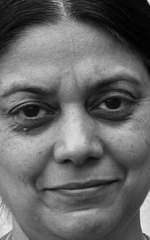
Dr. Mathew Varghese, Transportation Research and Injury Prevention Programme, Indian Institute of Technology,
Dr. Mathew Varghese is a graduate and a post-graduate in orthopedic surgery from Maulana Azad Medical College at the University of Delhi. He is an expert on injury control, epidemiology of injuries, pre-hospital care and emergency care of trauma patients. Dr. Varghese is the co-author of the book 'When someone has hurt' a first aid guide that has been translated into five languages and 'Prehospital Trauma Cam Systems’ published by the WHO. He is also an associate faculty at the Transportation Research and Injury Prevention Programme, a WHO collaborating center at the Indian Institute of Technology, Delhi.
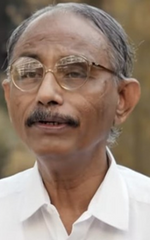
Dr. Aminur Rahman, Director, International Drowning Research Centre, Bangladesh (IDRC-B)
Dr. Aminur Rahman is a renowned child drowning prevention expert. He is a Director at the International Drowning Research Centre-Bangladesh (IDRC-B), which is part of the Centre for Injury Prevention and Research, Bangladesh (CIPRB). After graduating in medicine from Dhaka University in 1986, Dr. Rahman completed his Diploma in Community Medicine in 1991 from Dhaka University. He completed Masters in Medical Education in 1997 from Dundee University, UK. In 2010 he completed his PhD from the Public Health Science Department of Karolinska Institute, Sweden.
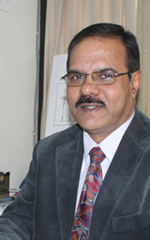
Assoc. Prof. Kavi Bhalla, Department of Public Health Sciences of the Biological Sciences Division, University of Chicago
Assoc. Prof. Kavi Bhalla works in the Department of Public Health Sciences of the Biological Sciences Division at the University of Chicago, and Affiliated Faculty at the Harris School of Public Policy. His research aims to develop transport systems that are safe, sustainable and equitable, with a central focus on road safety in low- and middle-income countries. His recent work has focused on the development of analytical tools for improving estimates of the incidence of injuries in information-poor settings using available data sources. Assoc. Prof. Bhalla co-led the injury expert group of the 2010 Global Burden of Disease Project. He is formally trained as a mechanical engineer and his PhD (Cornell, 2001) thesis research focused on the mechanics of material failure, which he later applied to the study of injury biomechanics and vehicle crashworthiness. He is broadly interested in the design of products, environments, and systems that are safe and have positive health impacts
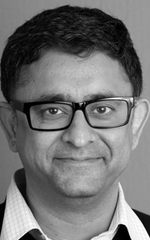
Prof. Julie Mytton, University of the West of England, Bristol
Prof. Julie Mytton is a Professor of Child Health at the University of the West of England, Bristol. She is co-lead for Training and Capacity Building, supporting the development of understanding, using and producing evidence of local researchers and practitioners. Prof. Mytton is co-Director for the NIHR Global Health Research Group on Nepal Injury Research and UWE Director for the Centre for Academic Child Health. Her research interests are in injury prevention and global health.
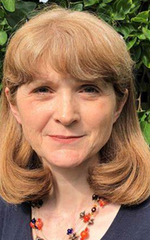
Dr. Margie Peden, Head of Global Injury at The George Institute for Global Health and Co-director of the WHO Collaborating Centre on Injury Prevention
Dr. Margie Peden currently holds academic positions at Imperial College London and the University of New South Wales and an honourary position at Johns Hopkins University. She is Head of Global Injury at The George Institute for Global Health and Co-director of the WHO Collaborating Centre on Injury Prevention. Dr Peden’s academic interests include identifying and evaluating appropriate interventions to prevent child injuries in low-income settings and implementing frameworks to improve nurses’ efficacy in emergency and accident units. She is particularly interested in using participatory methodologies to develop good practices for the most vulnerable in society. While road injuries are the biggest issue, Dr Peden's work also canvases other significant problems of drowning, burns and falls, and identifies interventions that could save lives. Her research looks at what works, specifically in developing countries.

Dr. Joanne Adrienne Vincenten, Child Injury Prevention Health Programme, UNICEF
Dr. Joanne Adrienne Vincenten leads the Child Injury Prevention Health Programme at UNICEF and brings on decades of experience for child and adolescent injury prevention, particularly across road safety and drowning

Prof Rebecca Ivers, Honorary Professorial Fellow, The George Institute
Professor Rebecca Ivers is head of the School of Population Health, UNSW. Recognised for her expertise in studying injury, trauma care and falls prevention, Professor Ivers designs and leads large observational studies and randomised trials focusing on injury prevention and trauma care in Australia and in low- and middle-income countries in Asia.





